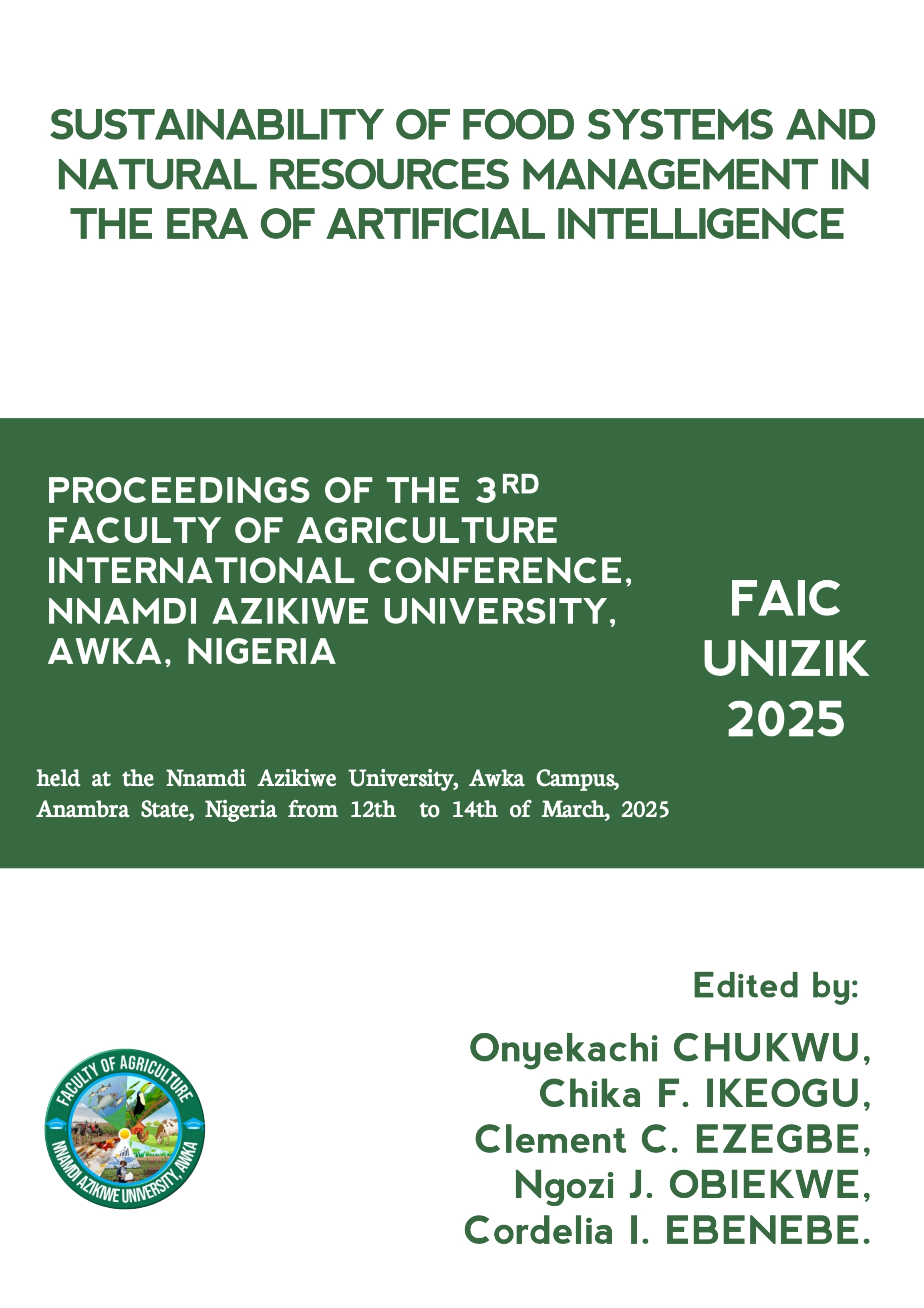Vitamin, and Sensory Properties of Bread Produced from Wheat, malted Mung Bean, and Watermelon rind Flour Composites
DOI:
https://doi.org/10.5281/p3m32c57Abstract
This study was carried out to evaluate the vitamin, and sensory properties of breads produced from composite flours of wheat, malted mung bean and watermelon rind. Mung bean seeds were soaked for 24 h, washed, drained, germinated for 72 h, oven-dried at 60oC for 18 h and milled into flour. Watermelon rind was sliced, washed, oven-dried, milledand sieved. All flours were blended with wheat flour, in varying proportions (100:0, 90:5: 5, 80:10:10, 70:15:15, 60:20:20, and 50:25:25) to produce composite flour used to make bread. The vitamin, and sensory properties of the bread samples were determined using standard methods. The thiamine, niacin, riboflavin, vitamin A, ascorbic acids and folic acid content of the bread samples were 3.36 to 4.57mg/100g, 2.45 to 3.36mg/100g, 3.51 to 4.60mg/100g, 2.23 to 4.27mg/ 100g, 1.55 to 3.22mg/100g and 1.02 to 1.81mg/100g, respectively. The content of the analyzed vitamins increased with increase in substitution with mung bean and watermelon rind flours. The sensory properties of bread produced from 100% wheat flour, were most acceptable to the panelists and also differed significantly (p<0.05) in colour, taste, texture and aroma from composite flour bread samples. However, the composite bread loaves were also acceptable to the judges because they were relatively rated high in all the sensory attributes evaluated. The findings suggest that the inclusion of malted mung bean and watermelon rind flours to wheat flour in bread production enhances nutritional quality while maintaining good sensory attributes, making it a viable ingredient for fortification.





